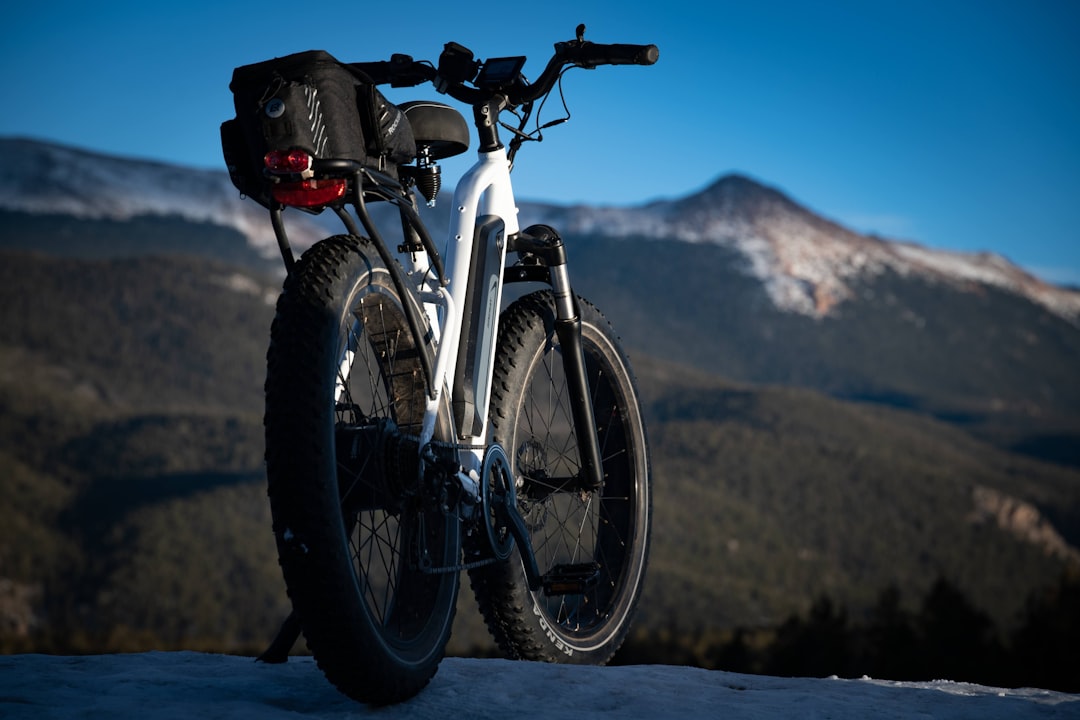When you hear the name DJI, chances are you immediately think of drones, gimbals, or other cinematic tools. But in a bold and unexpected move, DJI has expanded its innovative reach into the world of electric mountain biking. Enter the DJI Amflow series of e-bikes, powered by the all-new Avinox system — a sophisticated, lightweight drivetrain designed to compete with the best in the e-bike industry. With sleek design elements, cutting-edge technology, and a spec sheet that will get both tech enthusiasts and cycling aficionados talking, DJI’s move into this growing market is nothing short of electrifying.
Breaking New Ground: DJI’s Amflow and Avinox Introduction
The DJI Amflow is the company’s first-ever electric mountain bike (e-MTB), and it introduces a new smart mid-drive system called Avinox. This isn’t a simple rebranding or a half-baked entry into an already competitive market; the Amflow represents a serious engineering effort by DJI, bringing its expertise in motor, sensor, and battery systems into high-performance cycling.

The Avinox drive system is the heart of the Amflow, offering a compact yet powerful motor capable of delivering up to 850W of peak output and an impressive 105Nm of torque. Weighing in at only 2.52 kg, it rivals the current top lightweight systems like Bosch’s Performance Line CX or the Shimano EP8.
Avinox System: Smart Tech Meets Cycling Aggression
DJI has outfitted the Amflow with an integrated all-in-one 2-inch OLED touchscreen display mounted neatly into the bike’s top tube. This screen provides seamless control and real-time data, including power output, cadence, battery status, and ride statistics. But the smart tech doesn’t stop there. The Avinox system connects via Bluetooth and Wi-Fi to a dedicated DJI cycling app, allowing over-the-air firmware updates, ride navigation, and fitness tracking.
- Four power modes: Eco, Trail, Turbo, and Boost
- Range Assistance: AI-driven range estimation based on ride profile
- Anti-theft alerts: Sends notifications to your smartphone
- Integrated Fast Charging: 0 to 75% charge in just 1.5 hours
One particularly impressive feature is the system’s regenerative mode, which intelligently recovers energy during descents — a technology usually reserved for high-end electric vehicles.
Battery Options and Range
Buyers have the choice between two high-capacity battery options: a 600Wh and a 800Wh removable unit. Both batteries are designed to be modular, lightweight, and easy to swap — a key feature for riders planning extended trail sessions. With the 800Wh battery, the Amflow can achieve up to 95 miles (150 kilometers) of assisted range depending on conditions and power settings.
Image not found in postmetaDJI Amflow Pricing and Variants
The Amflow lineup features multiple builds aimed at different riders, with a pricing structure that places DJI’s debut e-MTBs in the high-end segment but within reach of serious enthusiasts. While official pricing may vary depending on region and distributor, the following provides a general overview:
- Amflow PL Carbon 600Wh – $6,999
- Amflow PL Carbon 800Wh – $7,499
- Amflow PL Pro 800Wh with upgraded drivetrain – $8,499
Each version includes carbon fiber frames made for both strength and lightness, integrated cable routing, and top-tier components, such as Fox or RockShox suspension packages. DJI has opted to align itself with well-established bicycle component manufacturers like Shimano and SRAM, depending on the build tier.
Though not classified as budget bikes, the Amflow range offers a compelling value given the level of integration, intelligent features, and sleek design. The pricing strategy clearly targets premium users in the trail, all-mountain, and even enduro categories.
How Does It Compare with Competitors?
DJI seems keen on competing with the likes of Specialized (Turbo Levo), Trek (Rail), and Canyon (Spectral:ON). Each of those brands has years — if not decades — of experience in the cycling industry, but DJI’s introduction of the Avinox system and their reputation in compact, intelligent systems is a major differentiator.
The nearest comparisons might be:
- Specialized Turbo Levo Pro ($13,000+ for higher-end models)
- Trek Rail 9.9 (starts around $10,000)
- Canyon Spectral:ON CFR (around $8,500)
The sub-$9,000 pricing of DJI’s top-tier Amflow model makes it a very attractive option, considering the carbon frame, premium components, and high-end display/motor system. The price-to-performance ratio is currently unmatched in its weight and technology class.
Availability and Market Outlook
The DJI Amflow bikes are expected to launch in select markets starting Q4 2024, with pre-orders offered through both DJI’s official website and certified cycle retailers. DJI is reportedly setting up authorized service centers in collaboration with existing bike shops to handle maintenance, firmware updates, and warranty services.
This marks a significant shift for DJI — not just a product launch, but a new strategic direction that could help diversify its technology portfolio. With the rise of micro-mobility and green transportation solutions, DJI’s deep experience in motion control, sensors, and batteries positions it well for growth in this space.

Conclusion: A Smart Move into Adventure Mobility
The DJI Amflow e-bikes, powered by the Avinox system, aren’t just another me-too product line. Instead, they blend DJI’s core strengths — innovation, engineering expertise, and an eye toward user-centered design — with a clear understanding of what avid mountain bikers need on the trail. Whether it’s the responsive power modes, app connectivity, or the hardware design, DJI is delivering a high-performance product with clear advantages.
If you’re an adventure cyclist looking for state-of-the-art performance without needing to spend over $10,000, the Amflow deserves serious consideration. The competitive pricing, combined with DJI’s commitment to quality and technological innovation, might just shake up the e-bike industry in the same way they transformed consumer drones a decade ago.
We’ll be keeping a close eye on availability, reviews, and long-term durability, but for now, it’s safe to say: DJI’s two-wheeled revolution is off to a very promising start.


